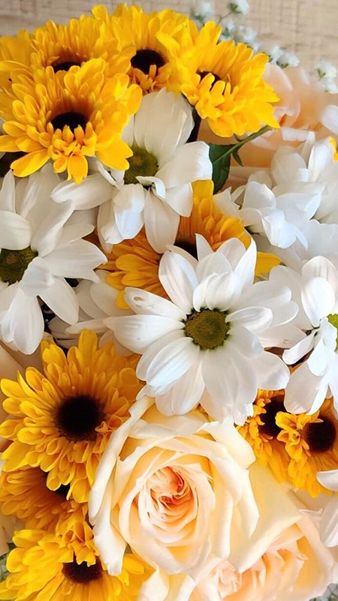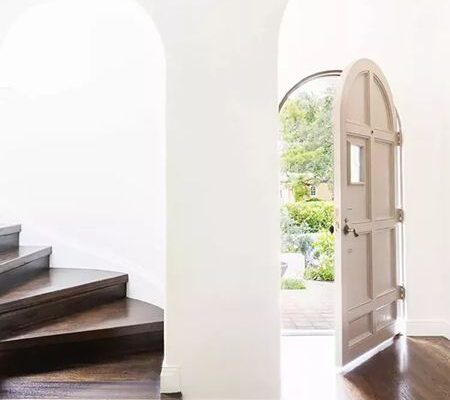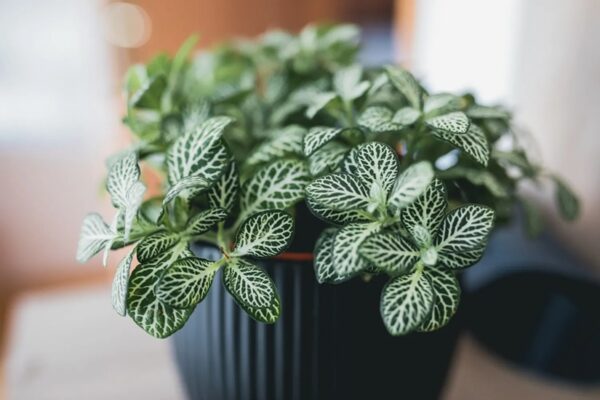Making a Colorful Flower Garden for Beginners
Designing a flower garden is a great way to add charm, colors and beauty to your home’s exterior while also attracting pollinators to your yard. However, it can be a daunting task for beginners. You may wonder where to start and how to choose the right plants for your garden. The good news is that with some guidance and a bit of planning, you can create a stunning landscape that will delight your senses and those of your visitors. You’ll need to consider factors such as the location of your garden, the types of flowers you want to grow, and how to arrange them for maximum visual appeal. While these may seem like daunting questions at first, by following the right steps and using some basic tools and techniques, you’ll be well on your way to starting a thriving and beautiful flower garden.
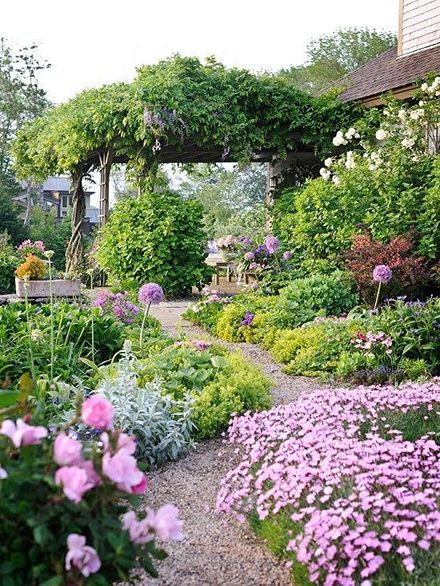
Select Flower Garden Location
When it comes to starting a flower garden, the first step is to choose the right location for it. To do this, it’s important to consider the needs of the plants you want to grow. Different plants have different requirements for water, sunlight, and soil, so it’s essential to choose a location that can meet those needs. For instance, if you’re planning to grow full-sun perennials, you’ll need to find an area that receives at least six hours of sunlight each day. On the other hand, plants that prefer shady conditions won’t do well in direct sunlight. Flowers that prefer full sun will die quickly in a shady garden bed and full-shade plants will crisp in harsh light.
Another important factor to consider is the irrigation in your yard. You’ll want to choose an area that doesn’t hold water for too long after a rainfall. “You don’t want to make a flower bed or plant a ton of plants and seeds in an area of your yard that holds water,” explains Williams. “Everything will mostly rot if that’s the case. Choose an area that drains and dries out evenly after a rain.” By selecting a well-drained area, you’ll be providing your flowers with the right conditions to thrive and avoiding problems like root rot or fungal diseases that can be caused by excessive moisture.
Test the Soil
Soil testing is a useful tool for any gardener who wants to ensure their flowers thrive. By testing your soil, you can learn about its properties, including its pH level and the availability of nutrients. Knowing this information is essential because it helps you determine whatamendments your soil needs to provide optimal conditions for your flowers. adding organic fertilizers or supplements to your soil based on the results of your soil test can provide essential nutrients for flower growth. It’s important to keep in mind that different types of plants may require different nutrients, so research the specific needs of your plants before adding any amendments to your soil. With the right balance of nutrients and a healthy soil pH, your flower garden will be well on its way to flourishing.
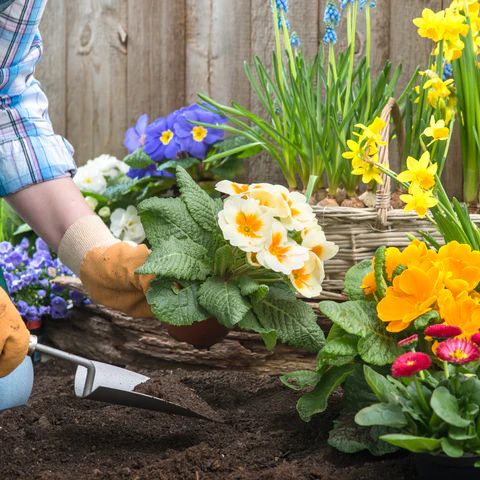
Identify Your USDA Planting Zone
Understanding your USDA growing zone is essential when planning a flower garden, as it dictates which plants will thrive in your specific area. Each zone has a unique climate, including temperature and weather patterns, that affects plant growth. “It’s important to choose plants that are well-suited to your growing zone to ensure they’ll be able to tolerate the climate conditions in your area.” Attempting to grow plants that are not suited for your zone may lead to their failure to thrive or even death. Additionally, being aware of your area’s first and last frost dates is crucial, as they indicate when it’s safe to plant and when you should begin preparing your garden for winter. A frost can be detrimental to your plants as it freezes the soil, making it difficult for the roots to take up water and nutrients. By familiarizing yourself with your USDA growing zone and frost dates, you can choose the right plants and timing for a thriving flower garden.
Make a Flower Bed
When it comes to starting a flower garden, you have to consider whether you want an in-ground bed or a raised one. For an in-ground bed, you need to clear out all the existing vegetation, such as grass and weeds, before turning over the soil. This process can require a lot of effort on a new bed, but it’ll become more manageable in the following years, On the other hand, raised garden beds are often ready to use (unless you’re making one yourself). All you have to do is fill them up with the appropriate soil and start planting. Opting for a raised garden bed can be a great choice if you want to avoid the hassle of clearing out a patch of land or if you want to have better control over the soil quality.
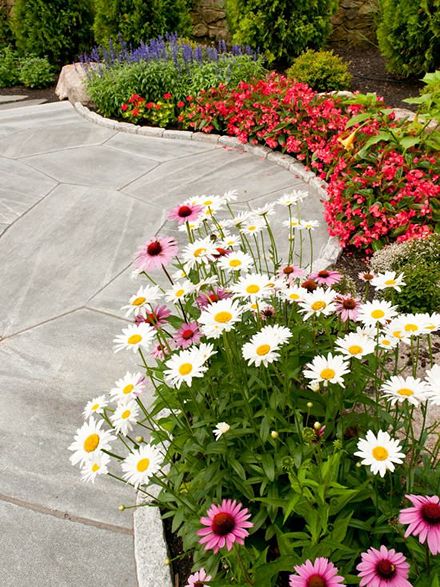
Choose Flowers
Starting a flower garden can be an overwhelming task, especially when it comes to selecting the right flowers. One of the first things you need to consider is the type of garden you want to grow. This can include a cutting garden, a low-maintenance garden, or one that attracts pollinators. Once you have a clear understanding of your garden’s purpose, you can start selecting flowers that will thrive in your particular environment.
However, there are several factors that need to be taken into account before making your final selection. This includes your USDA zone, the amount of sunlight exposure your garden bed receives, soil composition and nutrients, any pests or wildlife that may impact your area, and your desire for ongoing maintenance. Knowing your USDA zone is particularly important because it will determine which plants will grow best in your specific climate. Additionally, it’s important to select plants that will thrive in the amount of sunlight your garden bed receives and to understand the soil’s composition and nutrients. Finally, taking into consideration any pests or wildlife that may impact your area and your desire for ongoing maintenance will help you select the right plants for your garden.
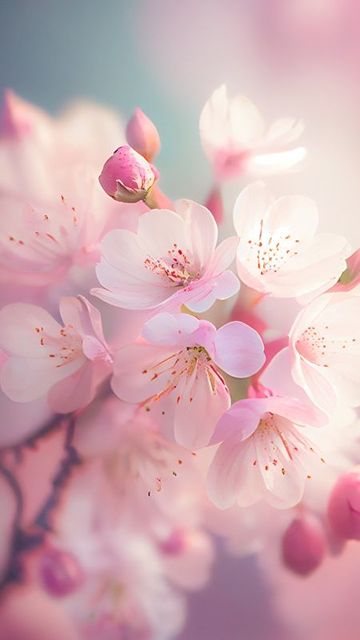
How to Design Flower Garden
After completing the initial steps of choosing a location, preparing your flower bed, and selecting your flowers, it’s time to focus on designing your garden. This is where you can really let your creativity shine and create a visually appealing space that you’ll love to admire. When designing your garden, it’s best to use curved lines instead of sharp edges as it helps guide the eye through the space. Additionally, you can use flowers and shrubs strategically to hide unsightly objects in your yard, such as electrical boxes or trash cans. The flowers and shrubs you choose can also serve a functional purpose in addition to their aesthetic value.
1. Select a Color Scheme
To avoid making your flower garden look disorganized, it’s recommended to brainstorm color schemes and focus on two to three colors along with a few types of flowers. Having too many colors or flower types can create a mismatched appearance. Limiting your flower selection and color palette can help to tie your garden together and create a more polished look.
2. Arranging Flowers in Odd Numbered Clusters
For a more organic and effortless appearance to your garden, think about planting flowers in odd numbers to create clusters. You can easily achieve this by grouping flowers in sets of three or five, which allows them to develop and flourish beautifully. This technique can help your garden look more natural and less arranged.
3. Combine Perennials and Annuals in Your Garden
If you want to create a vibrant and dynamic garden, it’s important to integrate various types of plant. Mixing annuals, perennials, and flowering shrubs is an effective way to add depth and texture to your flower bed. Note that this technique can also enhance the intensity of blooms in your garden bed throughout the growing season. Keep in mind that perennials usually take around three years to fully develop, so using annuals to supplement holes in perennial garden beds is a good idea. Annuals are also ideal for adding color to high-traffic areas like front walkways, pools, or decks, where you want color throughout the summer.
4. Selecting Focal Flowers for Your Garden
When planning your flower garden, it can be helpful to think of it as a large-scale flower arrangement. Just as an arrangement has greenery, focal flowers, and filler flowers, your garden should have a similar balance. Focal flowers are those that catch the eye and draw attention. They are often disc-shaped flowers with symmetrical petals arranged in a circle around the flower head, such as roses or daisies. When deciding on focal flowers for your garden, it’s best to place them closer to the back or middle of your flower bed.
To complement your focal flowers, you should also incorporate spike flowers and airy flowers. Spike flowers are tall and spiky, such as snapdragons or delphiniums. Airy flowers, on the other hand, have delicate or wispy stems, like baby’s breath or feverfew. These types of flowers act as fillers and can be planted closer to the front of your flower bed.
By incorporating a mix of focal flowers, spike flowers, and airy flowers, you can create a balanced and visually appealing garden bed that has depth and dimension. It’s important to consider the colors and textures of each type of flower to ensure they complement each other and create a cohesive look. With careful planning and consideration, you can design a stunning flower garden that will bring you joy all season long.
